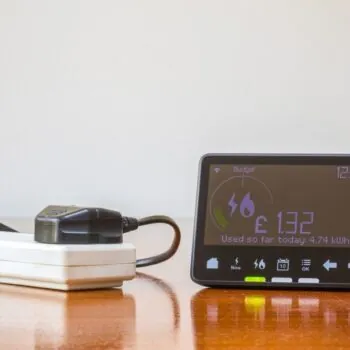This month, after a protracted selection process, Maroš Šefčovič finally took up the newly created post of Vice President of the Energy Union. The mission he has chosen to accept? Delivering a resilient and functional Energy Union at a time when Europe finds itself in an increasingly difficult geopolitical situation and with European economic recovery faltering.
Prior to the current crisis in the Ukraine, completion of the internal energy market had slipped down the EU’s to do list, with the eurozone crisis dominating the European agenda following the financial and economic crises. The recent actions of Vladmir Putin served as a long overdue reminder of the half a trillion Euro a year price Europe is currently paying for its ill co-ordinated and inefficient energy policy.
As Mr Šefčovič gets to grip with his mandate he will be presented with different visions of what the Union should look like, not least from Donald Tusk, the new president of the European Council. Mr Tusk has been a vocal proponent of an Energy Union in his former role as prime minister of Poland, but his proposals, which centre on maximising use of indigenous fossil fuels, developing more gas infrastructure and negotiating gas contracts as a bloc, failed to take account of the EU’s wider strategic interests and notably neglect the contribution of demand side measures.
Initial indications suggest that Jean Claude Juncker, the new President of the European Commission, has better understood the interconnection between the EU’s energy security and climate change agendas. He has called for his Vice-President to create “a resilient Energy Union with a forward looking climate change policy” according a greater role to renewables, energy efficiency and interconnection in reducing reliance on Russian gas.
The foundations upon which the union is built matter if the objective is, as stated, to reduce reliance on energy imports as quickly and cheaply as possible. Mr Šefčovič must guide Europe away from the risk of costly supply side solutions that will be at risk of becoming stranded assets as the EU moves toward meeting its climate and energy goals. This includes, for example, gas infrastructure that soaks up over half of the €647 million Connecting Europe Facility and yet whose need is based on assumptions about future energy use that could overestimate future gas demand in the EU by as much as 72% if Europe’s energy efficiency objectives are delivered. This cannot be justified when electricity infrastructure projects that are critical to addressing the increasing problem of matching renewables generation to demand and enabling resource sharing across Member States are desperately short of funding.
With the new Commission having confirmed that its top priority is to get Europe growing again and to increase jobs, this money would be better spent in first addressing the vast discrepancies in energy efficiency across the bloc. The Central Eastern Members States that are most reliant on Russian gas are also among the most inefficient, Poland, for example, wastes twice as much energy as the UK. Focusing the Energy Union on investment in efficiency and demand reduction measures in the first instance would, Euro for Euro, deliver a bigger GDP impact and larger number of jobs compared to other infrastructure investments. For example, The Commission’s Energy Efficiency Directive Review identified the missed potential among smaller buildings to deliver cost effective energy savings in the EU economy. It noted that for smaller buildings of less than 1000 m2, targeted government efforts to stimulate investment could deliver €8bn in investment per year (totalling €40bn to 2020), that in turn would deliver energy cost savings to consumers and businesses worth €25bn per year.
Meeting the EU’s existing 2020 goal for energy efficiency would, by 2020, create up to 2 million new EU jobs, generate GDP growth of €34 billion and cut energy bills by an annual €200 billion, equivalent to generating financial savings of up to € 1,000 per household every year.
These benefits will not deliver themselves and that is why European level intervention is so crucial. Energy efficiency across the bloc is held back by a range of systemic barriers that add transaction costs and slow or prevent investment and scaling of investment. The Energy Union presents a key opportunity to start to address this. Top of Mr Šefčovič’’s to do list must, therefore, be driving reforms that will deliver a truly single market for energy efficient goods and services in Europe and delivering a broader set of structural reforms to deliver more productive and competitive European economies.
Focusing on cutting energy demand will allow the costs of delivering a secure, integrated European energy system through the Energy Union to be minimised. This represents a better deal for the 56 million European citizens currently struggling to afford to heat their homes.
Over to you Mr Šefčovič.


